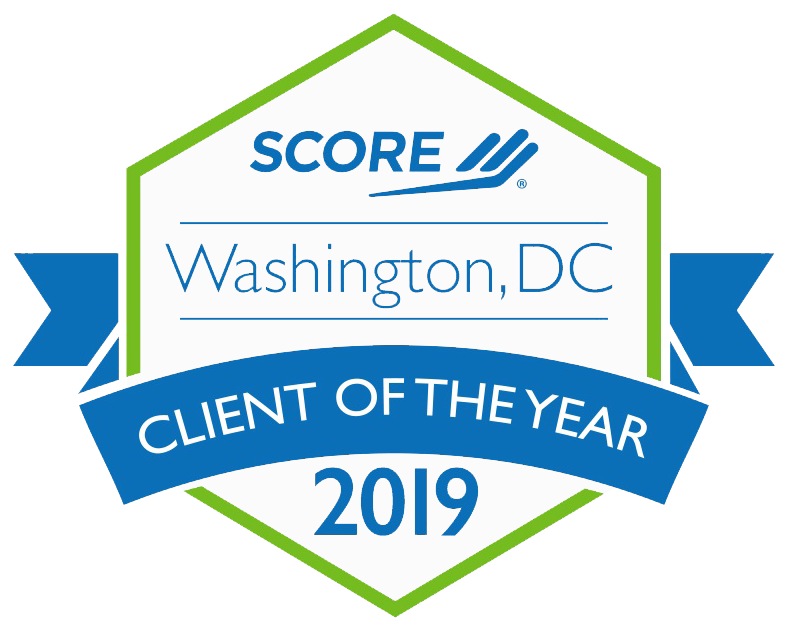Performance Measurement, Evaluation Strategy, Outcomes and Benchmarks – do these terms mean anything to you or are they just grant industry lingo? By now I’m sure you are aware of two important concepts: 1) measuring the progress of your project or program is important, and 2) maintaining and collecting accurate data is essential to any grant-seeking organization/agency.
 Why is there now an even greater push for measuring progress, and what can organizations and agencies do to help grantees become more mindful of performance measurement? Let’s break this down and take a look at performance measurement today and how it relates to data gathering.
Why is there now an even greater push for measuring progress, and what can organizations and agencies do to help grantees become more mindful of performance measurement? Let’s break this down and take a look at performance measurement today and how it relates to data gathering.
Why is performance measurement important?
Besides anecdotal evidence that your project or program might be successful, is there a clear and concise way to gather the information needed to illustrate your project or program’s success?Performance measurement is generally defined as “regular measurement of outcomes and results, which generates reliable data on the effectiveness and efficiency of programs” (Department of State Bureau of Educational and Cultural Affairs). In the grants world, it is our way to systematize and standardize how organizations measure outcomes, and more importantly, how the goals and objectives outlined in the design of the project actually lead to outcomes that impact the target population. This becomes the metric for determining the effectiveness of how grant funds are used.
Why is performance measurement even more important now?
The Office of Management and Budget’s Uniform Guidance crosswalk document states that the updated version, “provides more robust guidance to Federal agencies to measure performance in a way that will help the Federal awarding agency and other non-Federal entities to improve program outcomes, share lessons learned, and spread the adoption of promising practices. The Federal awarding agency is required to provide recipients with clear performance goals, indicators, and milestones.” Since the Federal government has become more focused on the standardization of performance measurement, state and local government entities, as well as grant recipients, have to adhere to these guidelines. In addition, due to the increased competition for private dollars, corporate and private foundations are now requesting similar performance measurement information through their own application processes.
What do funders look for and how should grantees respond?
The chart below provides examples of how grantees should align their information with funder requests.
What can funders do to help grantees with performance measurement?
- Provide specific guidance on the information required to measure performance
- Provide a breakdown of funders’ strategic priorities and how the project/program results address these priorities
- Develop training materials and guidance for grantees to use throughout the planning process
- Provide technical assistance and support from program officers
What can grantees do to provide funders with the necessary data?
- Research different ways to gather qualitative and quantitative data, and use approaches that align with the way the organization/agency operates
- Invest in systems or processes that work within the organization’s current structure
- Develop a process that will work within the larger organization/agency, beyond meeting specific grant requirements
- Evolve and update the evaluation strategy as needed
Performance measurement is not going away, so it behooves everyone involved in grants-related work—grant funders and grant recipients alike—to find ways to work together to meet common goals.
This post originally appeared on the eCivis Blog: All Things Grants-Related






